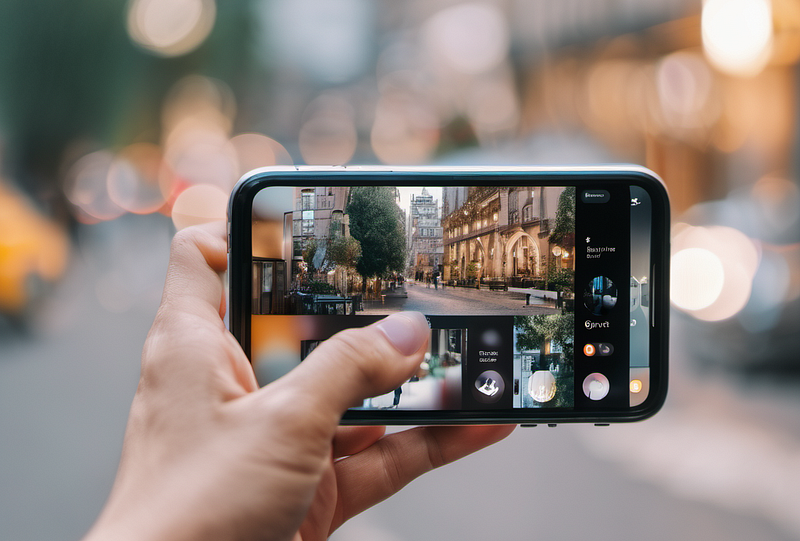
iOS — Using the camera with SwiftUI
Sharing is caring
A little history
Until iOS 14, UIImagePickerController used to be the view controller doing it all when it came to taking pictures, recording videos or even choosing items from the photo library.
iOS 14 brought PHPickerViewController as the preferred UIKit view controller to handle the photo library aspect, leaving UIImagePickerController with a name that doesn’t quite match its main intent.
iOS 16 brought an elegant SwiftUI alternative to PHPickerViewController, PhotosPicker, part of PhotosUI.
iOS 17 did not introduce any SwiftUI features that could replace UIImagePickerController for taking pictures or recording videos.
Introducing Capture, for SwiftUI
Reducing iOS to having UIImagePickerController as the only way to access the camera would be a mistake.
Apple offers great SDKs. With the Photos framework, you could develop your own implementation of a photos picker. To take pictures or record videos, AVFoundation brings all the tools you may need to implement a personalized camera UI.
AVCaptureSession is great, but it does involve a considerable amount of setup. As developers who have embraced SwiftUI, there is a demand for a more streamlined solution. And that’s >>> Capture <<<
CameraView
This tutorial by Apple was the initial inspiration, but also a sign SwiftUI lacks a helper around camera capabilities..
The example above shows the minimum code necessary to have a camera preview and to take a picture. Obtaining the result as a UIImage is the straightforward solution that allows to display the captured photo easily, and to save it to a file using pngData()or jpegData(compressionQuality:) .
Camera, PhotoSettings, VideoSettings, etc.
AVFoundation offers obviously much more than that and Capture will attempt to cover most of it, step by step.
CameraView comes with closure to describe a camera view overlay. This overlay should vary according to the current camera authorization, and it carries the two environment actions takePicture & recordVideo .
Environment values such as recordingAudioSettings and recordingVideoSettings can be overridden to affect the photo and video capture. These settings are exposed as Swift-friendly structs instead of dictionaries, providing an easier API discovery.
By default, CameraView uses a default instance of the Camera class. Camera is a wrapper of AVCaptureSession. A simple use of the Capture library doesn’t require to access it, yet it is possible to pass this instance to the CameraView from a parent, making it possible to access camera features outside from the CameraView overlay.
Soon supporting camera features such as Flash, Torch, Focus and Exposure.
Multiple CameraViews
Although AVCaptureMultiCamSession is available since iOS 13, this wasn’t the initial goal of the Capture library to allow for multiple camera views and isn’t currently possible. But it is worth considering to develop this feature in a near future.
Platform support
Since UIImagePickerController was the SwiftUI replacement in mind for Capture’s CameraView, it isn’t currently available to macOS. However SwiftUI intends to provide APIs that are available to most Apple platforms and AVCaptureSession is available to macOS, tvOS and visionOS. Therefore this will be the next focus for this library.
Let me know if you find this library useful. Feel free to contact me for specific features that you’d want to see. Also you can support me : https://www.buymeacoffee.com/quentinf





